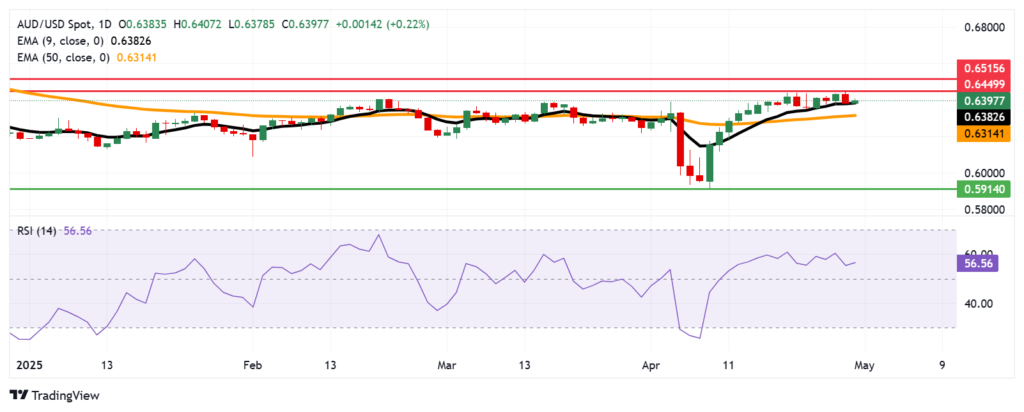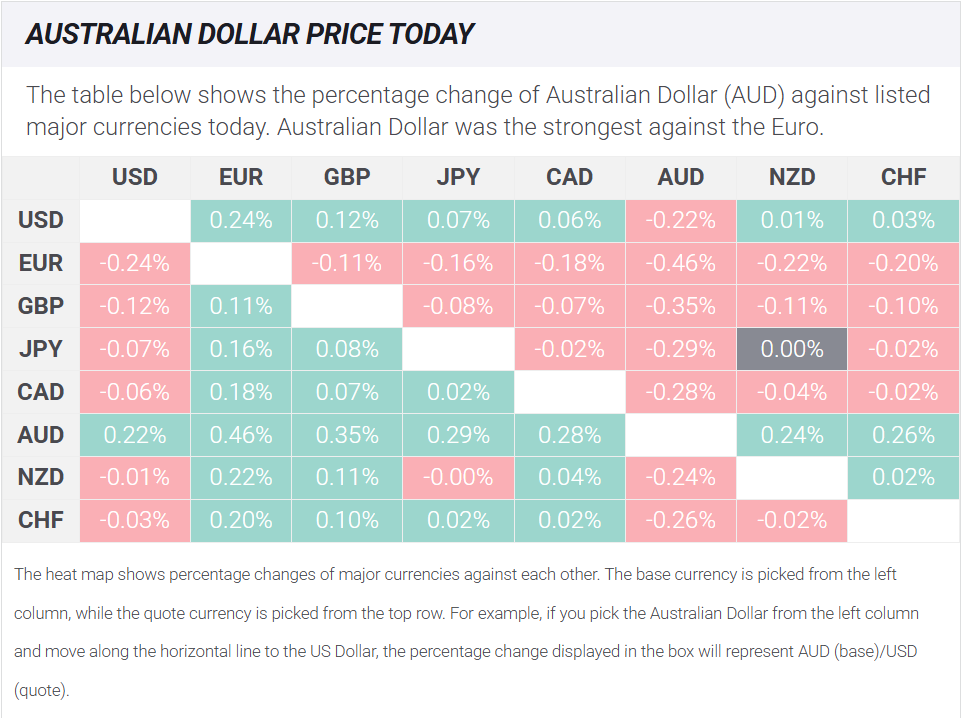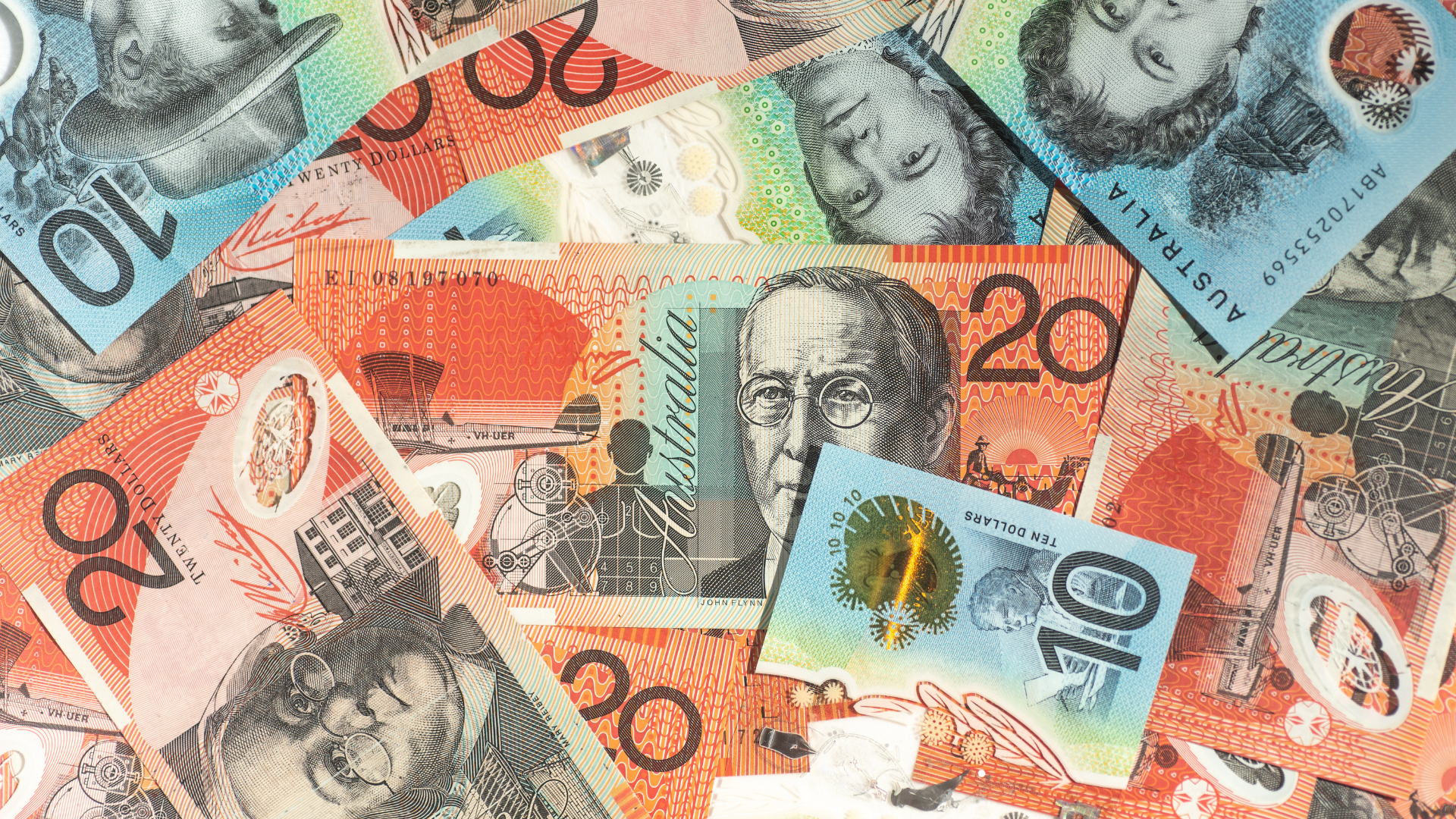The Australian dollar saw modest gains on Tuesday after stronger-than-expected domestic inflation figures and an upbeat Chinese manufacturing survey bolstered confidence in the region’s economic resilience. The Aussie was last seen hovering above $0.6530, maintaining a positive bias amid cautious market sentiment.
Australia’s Consumer Price Index (CPI) rose 0.9% in the first quarter, slightly above economists’ expectations of 0.8%. The data reinforces the narrative that inflationary pressures remain sticky, potentially reducing the urgency for the Reserve Bank of Australia (RBA) to cut interest rates in the near term. The release comes at a time when traders are closely monitoring global central banks’ policy paths amid diverging inflation trends.


Adding to the tailwinds, China’s Caixin Manufacturing PMI climbed to 50.4 in April, beating forecasts of 49.9 and crossing back above the 50-mark that separates expansion from contraction. The reading, often viewed as a bellwether for export-oriented economies like Australia, helped bolster risk sentiment and commodity-linked currencies, particularly the Aussie dollar.
Despite the encouraging data, gains in AUD/USD were limited by renewed geopolitical concerns and broader market caution, especially ahead of the U.S. Federal Reserve’s policy announcement later this week. Investors remain wary of potential hawkish signals from the Fed, which could strengthen the U.S. dollar and cap the Aussie’s upside.
Still, analysts note that the combination of resilient inflation at home and positive Chinese momentum provides the Australian dollar with some near-term support. “As long as CPI remains elevated and China’s recovery story holds, AUD may stay anchored near current levels,” said a currency strategist at a Sydney-based investment firm.
Looking ahead, market focus will shift to the RBA’s next meeting and further developments from China’s economy, both of which are likely to shape the near-term direction of the Australian currency.
















